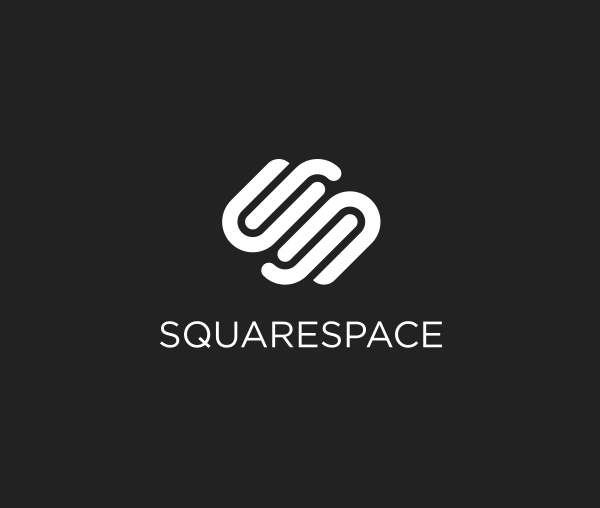DJI - Mavic Air vs Mavic Pro and 7 Reason why the DJI Mavic Air might be better for you
/https://www.youtube.com/watch?v=mgXVP09xK-gDJI Summer Sale - ENDS TODAY JULY 17thWe are often asked for recommendations on drones. DJI continues to dominate the market with excellent drones that offer great quality and are really easy to fly. In this video, I share seven reasons that you may want the smaller, more portable Mavic Air over the still portable but noticeably larger, Mavic Pro.
7 Reasons to get the Mavic Air instead of the Mavic Pro
Portability - Mavic air takes it to another level in portability
The Mavic air folds down to a ridiculously small size. The controller features removable sticks and the batteries are significantly smaller. All of that adds up to a drone that takes up noticeably less space in your bag but still gives you the same image and video quality.
Image and video quality is a little better in the Mavic air and Air offers better slow-mo features at 120fps vs 96 in the
The smaller Mavic Air has a slightly better processor - in my tests most photos and video looked identical with some Air shots looking just a tiny bit better. And in video mode the Mavic Air offers 120fps slow-mo vs just 96fps offered by the Mavic Pro.
Cost - Mavic Air is cheaper especially when you add up extras
With today's sale this isn't true but usually, the Mavic Air is cheaper and the batteries are cheaper, accessories are cheaper - it's starting to add up to some significant savings.
Additional Quick shot modes
Some of these are a bit of a gimmick but they do make it easy, and fun to create quick snapshots of your surroundings. Check out this recent Asteroid Quick shot mode from Nevada https://www.instagram.com/p/BjSrhJOHLUd/?taken-by=photorectoby
Rear obstacle avoidance
You should always be aware of your drone and its surroundings but there are times when maybe you think you know how close you are to that bush or tree and it turns out much closer than you thought. The Mavic Pro only has forward sensing obstacle avoidance and the Air provides sensors on the front AND THE REAR! This means you are less likely to crash it when flying backward.
Works without a controller
The Mavic Air is capable of take off, photo and video capture and landing all with gestures. No controller needed, not even your phone needed. It is impressive when you want to travel VERY light and just get some quick shots of you in a location.
Built-in memory
The Mavic Air is the only DJI Drone to include 8GB of onboard memory - this is a great fail safe if you end up leaving the house without a microSD card.
4 reasons to get the Mavic Pro
Occusyn technology for control and video transmission
This means you get cleaner video feed at 1080 vs just 720 from the air - and it supports longer distances. In some European countries, the wifi connectivity of the Mavic air may be more limited.
Longer flight time
The Mavic Pro is capable of 23 minutes. The Mavic Air tops out at 18 minutes. I find that I often get the shots I need within 16 minutes and land the drone with 30% battery to be safe. Using that math I would be a little more rushed with the Mavic Air to get the necessary shots.
More maneuverable gimbal - flying forward you can keep the gimbal pointed up higher than you can on the Mavic air
This is one of the biggest differences - when flying forward at normal speeds (not slow) the tilt of the Mavic Air gimbal is NOT sufficient to keep a level shot - you end up shooting downward. The Mavic Pro gimbal tilt has a larger range and allows you to keep the horizon in the shot when flying forward.
Mavic pro is a bit quieter - really it is a deeper pitch which sounds quieter.
The actual decibel difference is very small but the deeper hum sound from the Mavic Pro blends in with the background better. Important if you don't want to annoy your neighbors.DJI Summer Sale - ENDS TODAY JULY 17thWhich drone would/did you pick and why?










